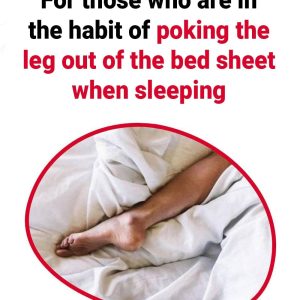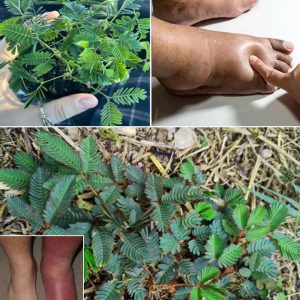
Healthy blood circulation is crucial for delivering oxygen and nutrients throughout your body. As we age or experience certain lifestyle challenges, circulation can slow—leading to discomfort or even serious health issues if left unchecked.
Fortunately, the body often gives early warning signs when circulation is compromised. Recognizing these signals and taking natural steps to improve blood flow can have a lasting impact on your overall vitality and well-being.
Here are five common signs of poor circulation—and what you can do about them, naturally.
1. Cold Hands and Feet

Do your hands or feet often feel chilly—even in warm environments? This could mean your extremities aren’t receiving enough warm blood, a classic indicator of sluggish circulation.
How to Improve:
- Add daily movement, such as gentle walks or light stretching.
- Try contrast showers: alternating between warm and cool water to stimulate circulation.
- Add warming spices like ginger, turmeric, or cayenne pepper to your meals.
2. Numbness or Tingling (“Pins and Needles”)
Frequent numbness or a tingling sensation in your arms or legs may indicate that blood flow to your nerves is restricted.
How to Improve:
- Practice yoga or light cardio to encourage circulation.
- Gently massage areas that feel numb or tingly.
- Stay hydrated and avoid sitting for too long without moving.
3. Swollen Ankles or Feet

Notice swelling in your legs, ankles, or feet—especially after standing or sitting for long periods? This can signal fluid buildup caused by poor venous circulation.
How to Improve:
- Elevate your legs periodically to reduce pressure and promote blood return.
- Eat magnesium-rich foods like leafy greens, seeds, and nuts.
- Use compression socks to support blood flow in the lower limbs.
4. Fatigue or Low Energy
When blood isn’t circulating well, oxygen delivery to your muscles and organs is reduced—leaving you feeling tired, sluggish, or mentally foggy.
How to Improve:
- Move your body regularly—even short walks can help.
- Eat iron-rich foods (like spinach, legumes, or lean meats) to support healthy red blood cells.
- Avoid smoking and reduce processed foods, which can impair vascular health.
5. Slow-Healing Wounds
If minor cuts or sores, especially on your legs or feet, take a long time to heal, poor circulation may be limiting nutrient delivery to the skin.
How to Improve:
- Add omega-3s to your diet (from fish, flaxseeds, or walnuts) for improved vascular function.
- Manage stress with deep breathing or meditation—chronic stress narrows blood vessels.
- Keep the area clean and protected, and seek medical care if healing is delayed.
Final Thoughts

Your circulatory system plays a vital role in your health—and even small changes can make a big difference. By:
- Staying active,
- Eating a balanced, nutrient-rich diet,
- Managing stress, and
- Drinking plenty of water,
If symptoms of poor circulation persist, consult a healthcare provider to rule out underlying conditions. But for many people, nature offers powerful tools to help boost circulation—and enhance quality of life.




